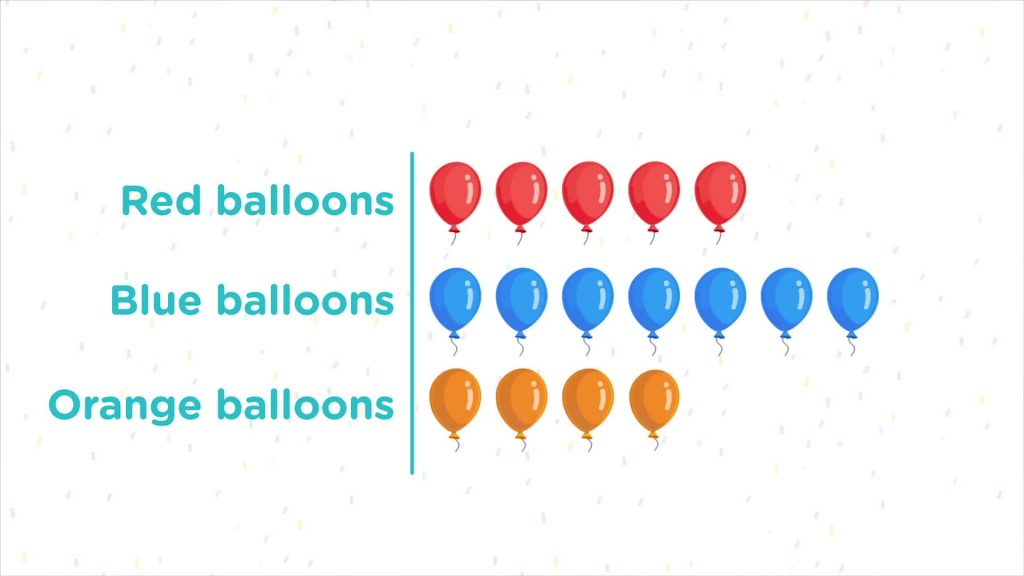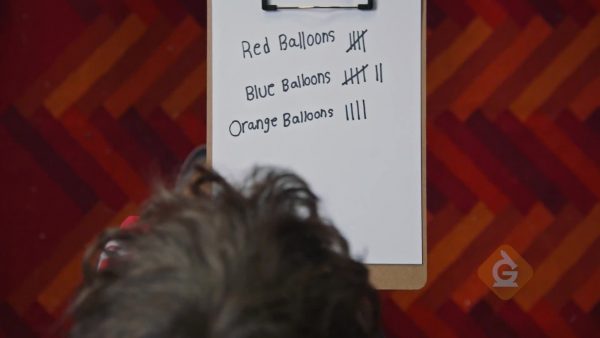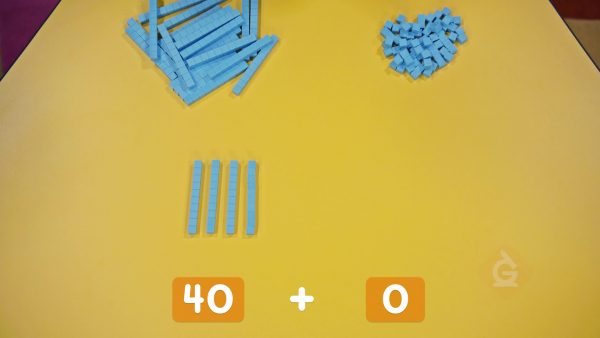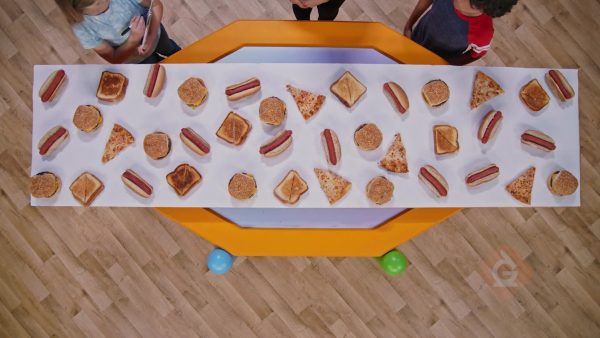
Data is information we can collect. We can represent data in pictographs and bar graphs.
To better understand data: pictographs & bar graphs…
LET’S BREAK IT DOWN!
Count balloons using tally marks.

You have some balloons. You can use tally marks to show how many you have of each color. There are 5 red balloons: ||||. There are 7 blue balloons: |||| ||. There are 4 orange balloons: ||||
Draw a pictograph to show balloons.

A pictograph uses pictures to show data. You can make a pictograph to show the colors of your balloons. Draw a line. On one side of the line, write "Red." On the other side, draw 5 red balloons in a row. You can do the same each color. Every graph needs a title: "Number of Balloons I have." A key shows that 1 balloon picture represents 1 balloon.
Read a pictograph about cupcakes.

You have a pictograph with the title "Bake Sale Items Sold." This pictograph tells how many of each bake sale item was sold. The key shows that one dot = 1 item. Cupcakes have 7 dots. That means 7 cupcakes were sold.
Make a bar graph to represent BBQ foods.

You need 10 hamburgers, 6 slices of pizza, 14 hotdogs, and 8 grilled cheese sandwiches for your BBQ party. You can use a bar graph to show your data. The height of a bar shows how many you have in a category. The bar for hamburgers is 10 units high. The bar for pizza is 6 units high. Title the graph "Types of Food We Have.”
Read a bar graph about pets.

A bar graph has a title "Types of Pets People Have." That tells you that the graph represents the number of different types of pets different people have. The bar for 'no pets' is 5 units high, so 5 people have no pets. The bar for 'dogs' is 9 units high, so 9 people have dogs.
INTRO TO DATA: PICTOGRAPHS & BAR GRAPHS VOCABULARY
INTRO TO DATA: PICTOGRAPHS & BAR GRAPHS DISCUSSION QUESTIONS
What is a pictograph?
What is a bar graph?
What kinds of attributes can you represent with a pictograph or bar graph?
Why do we use graphs?
Why are titles important for graphs?
Skip, I will use a 3 day free trial
Enjoy your free 30 days trial
We use cookies to make your experience with this site better. By using this site you agree to our use of cookies. Click "Decline" to delete and block any non-essential cookies for this site on this specific property, device, and browser. Please read our privacy policy for more information on the cookies we use.Learn More
We use cookies to improve your experience. By using this site, you agree to our use of cookies. Click "Decline" to block non-essential cookies. See our privacy policy for details.Learn More






